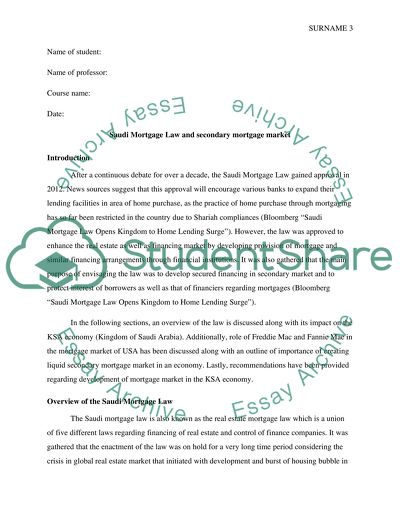Cite this document
(“Implementation of the Saudi Mortgage Law Developing an Effective Research Paper”, n.d.)
Implementation of the Saudi Mortgage Law Developing an Effective Research Paper. Retrieved from https://studentshare.org/finance-accounting/1665777-implementation-of-the-saudi-mortgage-law-developing-an-effective-mortgage-market-in-the-ksa
Implementation of the Saudi Mortgage Law Developing an Effective Research Paper. Retrieved from https://studentshare.org/finance-accounting/1665777-implementation-of-the-saudi-mortgage-law-developing-an-effective-mortgage-market-in-the-ksa
(Implementation of the Saudi Mortgage Law Developing an Effective Research Paper)
Implementation of the Saudi Mortgage Law Developing an Effective Research Paper. https://studentshare.org/finance-accounting/1665777-implementation-of-the-saudi-mortgage-law-developing-an-effective-mortgage-market-in-the-ksa.
Implementation of the Saudi Mortgage Law Developing an Effective Research Paper. https://studentshare.org/finance-accounting/1665777-implementation-of-the-saudi-mortgage-law-developing-an-effective-mortgage-market-in-the-ksa.
“Implementation of the Saudi Mortgage Law Developing an Effective Research Paper”, n.d. https://studentshare.org/finance-accounting/1665777-implementation-of-the-saudi-mortgage-law-developing-an-effective-mortgage-market-in-the-ksa.


